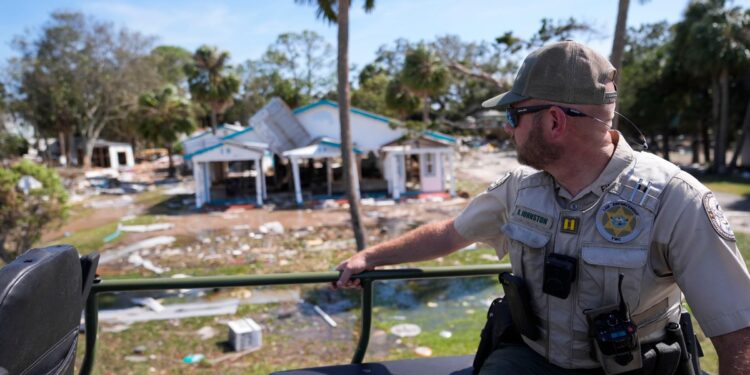Leslie is currently making its way across the Atlantic, and has now strengthened into a Category 1 hurricane, though there are no hazards affecting land.
Per an advisory shared at 4 a.m. EST on Saturday morning by the National Hurricane Center (NHC), Leslie is currently moving toward the west-northwest at a speed of 7 m.p.h. and is set to increase speed in a northwest direction during the night. This is expected to continue through Tuesday.
The storm’s maximum wind speeds have increased slightly since Friday to 80 m.p.h., and the NHC has stated that though the storm may strengthen some through Saturday, it is expected to weaken on Sunday.
The storm formed in the Atlantic on Wednesday, but strengthened into a Category 1 hurricane on Friday.
There are no coastal watches or warnings in effect.
Leslie, the 12th storm formed in the Atlantic in 2024, is not far behind Hurricane Kirk during an unexpectedly busy hurricane season, on the heels of the devastating effects of Hurricane Helene.
Read More: Here’s What You Need to Know About Hurricane Kirk’s Expected Path
Kirk, which currently churns as a Category 3 hurricane, is causing storm swells which are affecting the Leeward Islands, Bermuda, and the Greater Antilles. Per the NHC, “these swells are expected to spread westward to the east coast of the United States, Atlantic Canada, and the Bahamas Saturday night and Sunday, and to the Azores on Monday.”

The NHC is also tracking a disturbance over the southwestern Gulf of Mexico, which it states is highly likely to develop into a tropical depression or tropical storm, according to an advisory shared on Saturday morning. The NHC puts the chances of formation throughout the next two days at 70 percent, and over the next week at 90 percent.
This disturbance could affect the Yucatán Peninsula, Florida, the Florida Keys, and the northwestern Bahamas.






